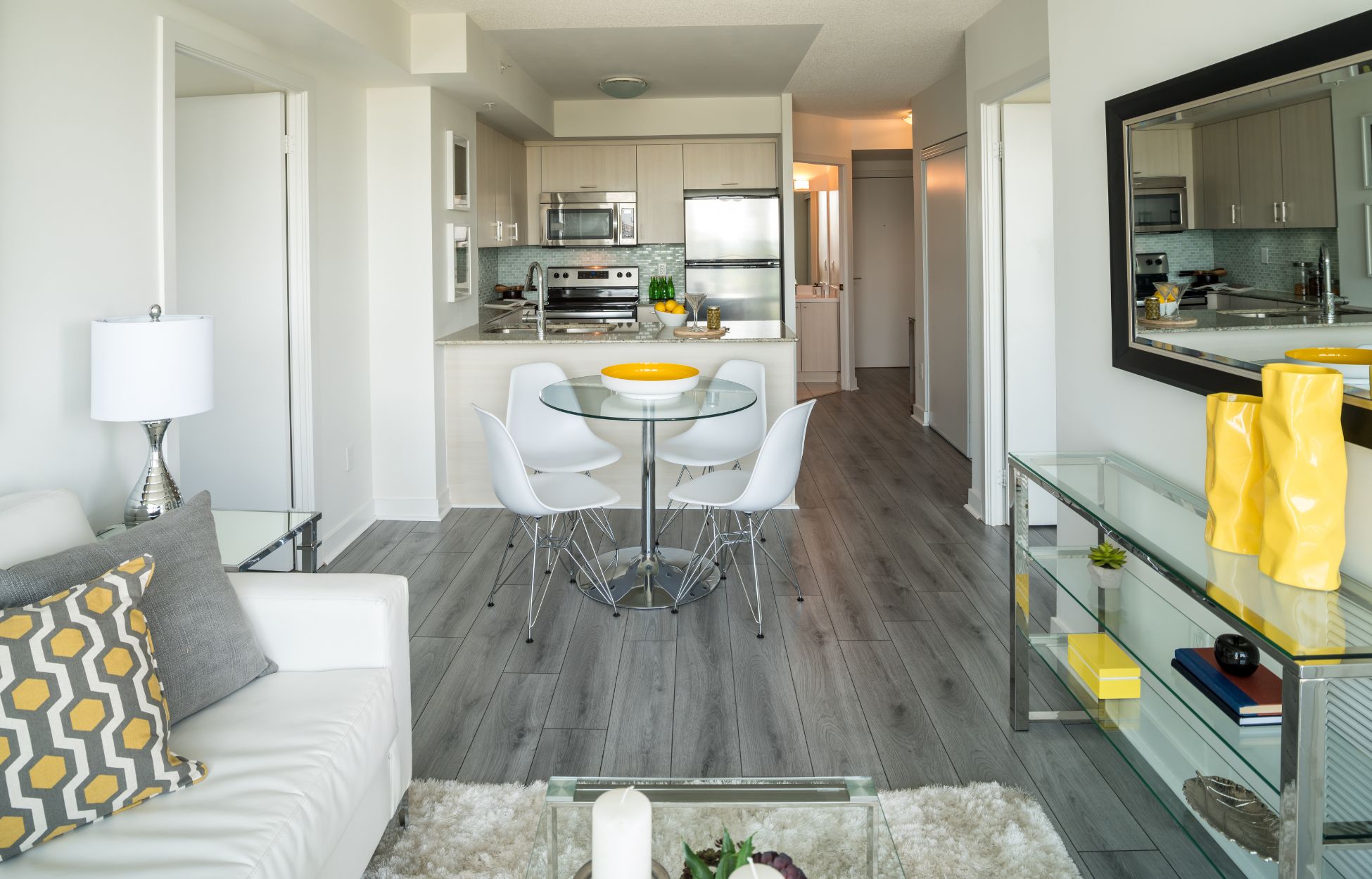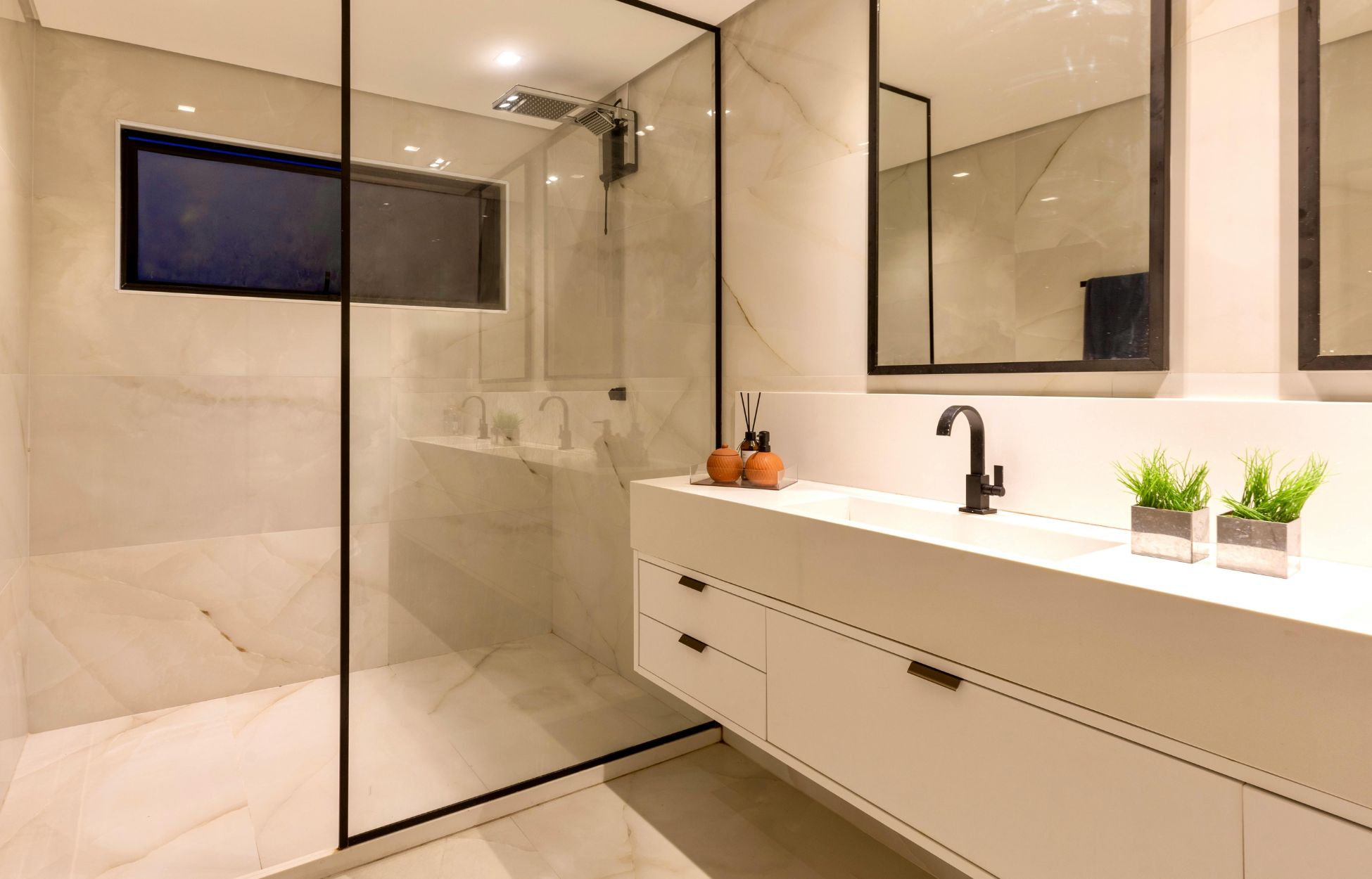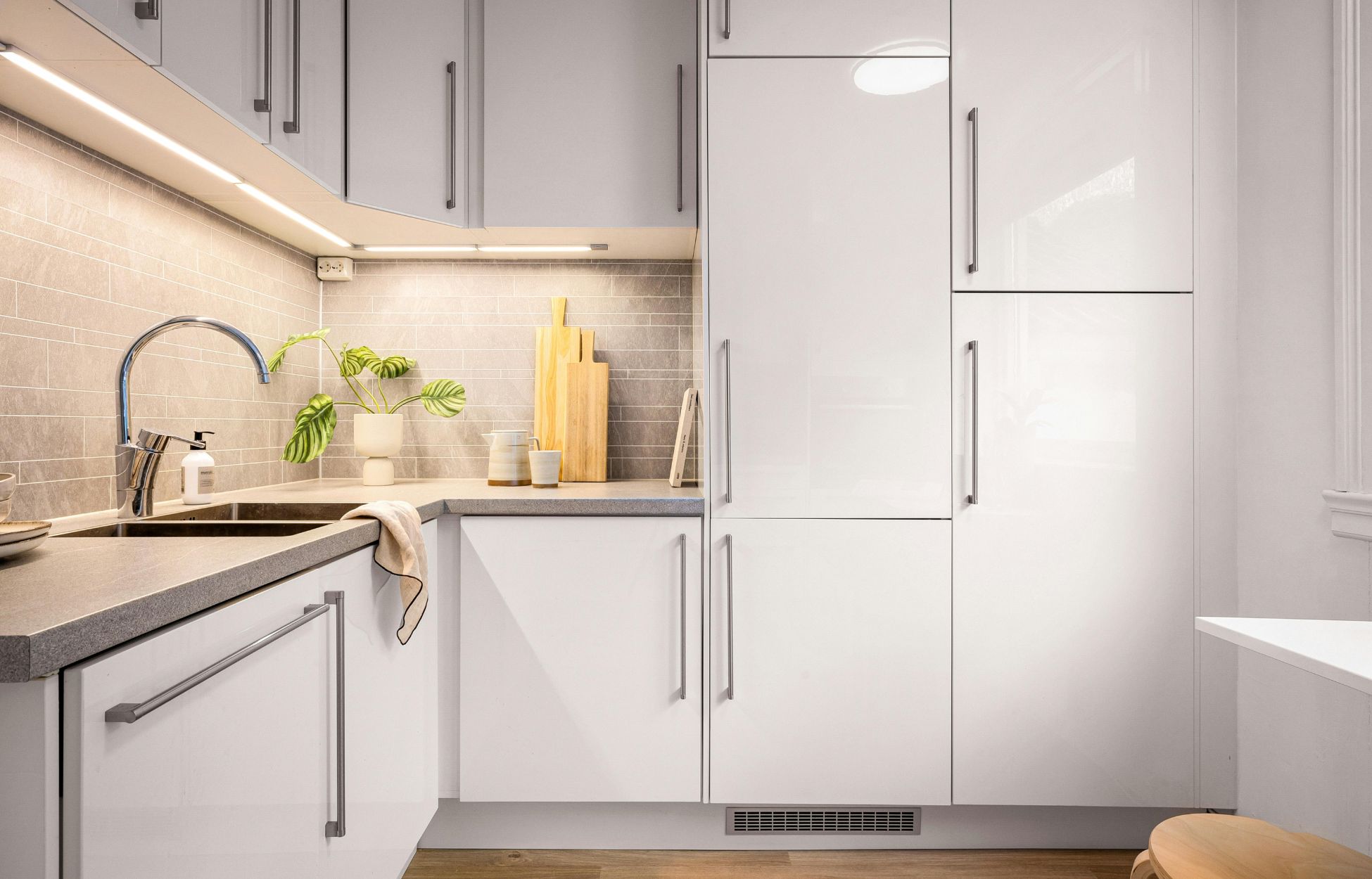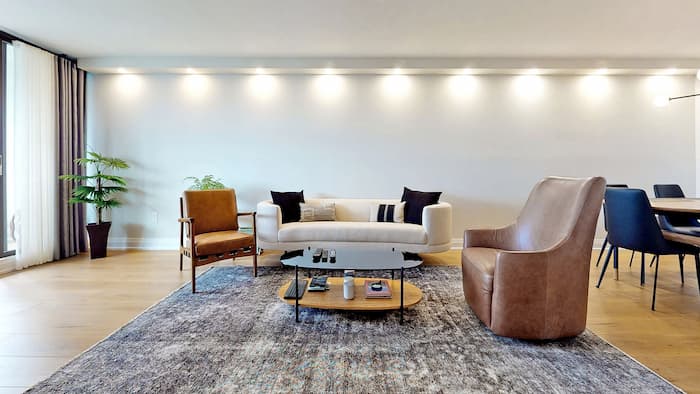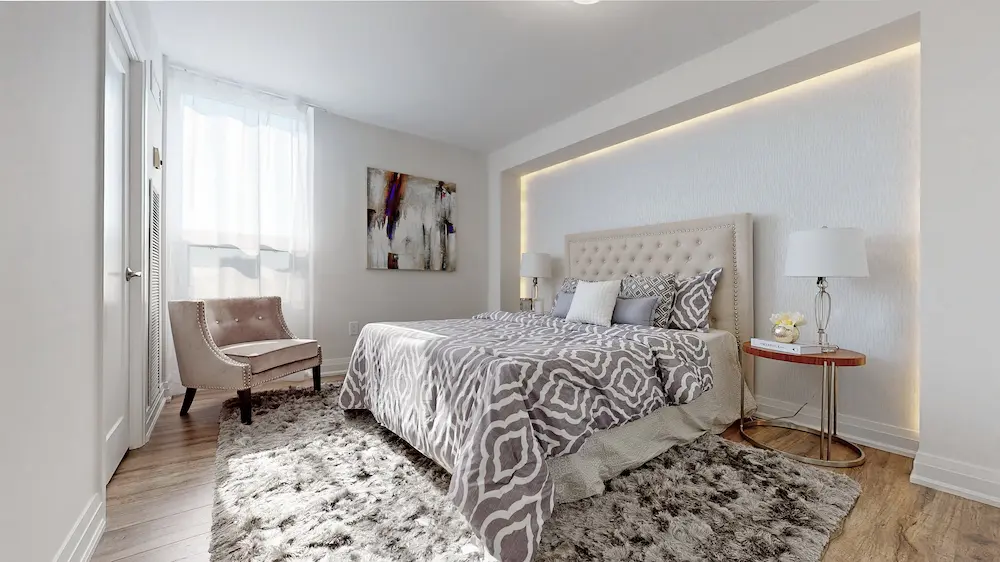Blog
In 2025 Toronto condo renovations are all about smart use of space, sustainable materials and tech integration. This guide from CSG Renovation shows how to select optimized layouts, build meaningful storage and choose finishes that work for urban condo living in Toronto and the GTA.
Planning a condo renovation in Toronto, North York, Vaughan or Richmond Hill means more than selecting finishes and fixtures. Understanding the rules, approvals and logistics is critical to a smooth process and a successful outcome. At CSG Renovation we help you navigate what many owners overlook—so you can focus on creating your ideal space.
Renovating a bathroom in a condo in Toronto and the surrounding GTA offers a unique opportunity to transform a typically compact space into a functional and luxurious retreat. Whether you live in Toronto, North York, Vaughan or Richmond Hill, the right design combined with effective planning and the expertise of CSG Renovation can make your bathroom renovation both beautiful and practical.
If you are planning a condo kitchen renovation Toronto the key is balancing space, style and functionality. This guide from CSG Renovation shows how to select optimized layouts, build meaningful storage and choose finishes that work for urban condo living in Toronto and the GTA.
Living in a condo in Toronto and surrounding areas calls for clever design that maximises every square foot while reflecting your lifestyle. This guide from CSG Renovation offers smart strategies for kitchen and bathroom upgrades, space-saving layouts and material choices tailored for condo living in Toronto, North York, Vaughan and Richmond Hill.
When you renovate a condo, you may include your particular style into the architecture and structure of the property, producing a really distinctive and individualized living spot. Additionally, you can exactly meet your demands by remodeling the kitchen, bedroom, or bathroom in an outmoded condo without disregarding the cost of condo renovation.
Find out how much home renovation cost in Toronto. Our complete guide provides a detailed cost breakdown per square foot to help you plan your next project to renovate a Toronto home.
Lots of basements are usually very compact. However, that shouldn’t limit how you use it nor should it stop you from playing around with it, maximizing space.
A small apartment is a constant search for new storage options and an eternal choice between beautiful and functional. However, the aerobatics of the organization of the space of a condo is to create the most convenient and practical interior, to contain all necessary things on a minuscule area, and not to clutter it with unnecessary pieces of furniture. In our struggle for precious meters, or even centimeters of useful space, original solutions and ideas of designers, who know a lot about functional furniture, come to the aid.
Are you a condo dweller looking forward to having your unit renovated or remodeled? Perhaps you’ve been reading up about condo remodels and looking at pictures of renovated condo units.


